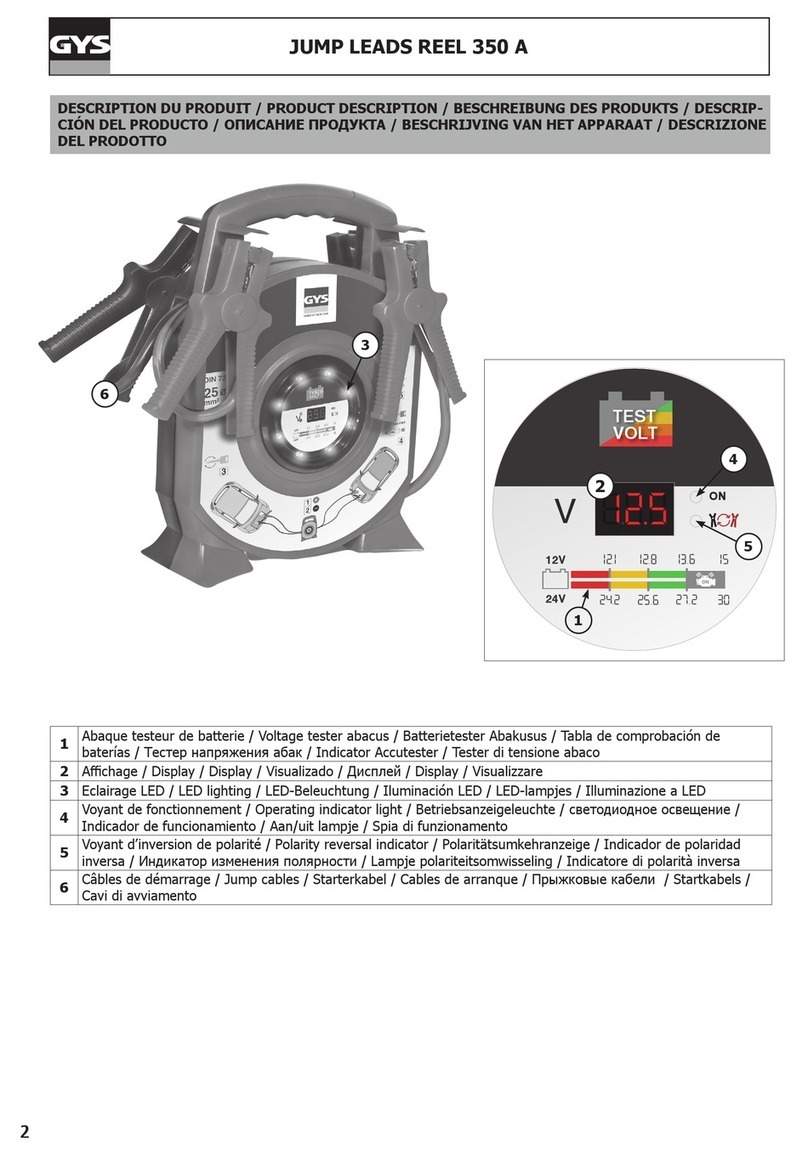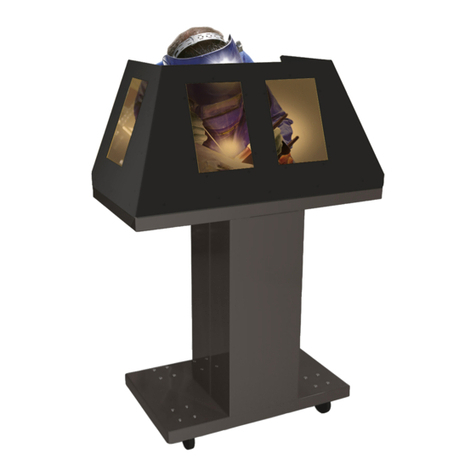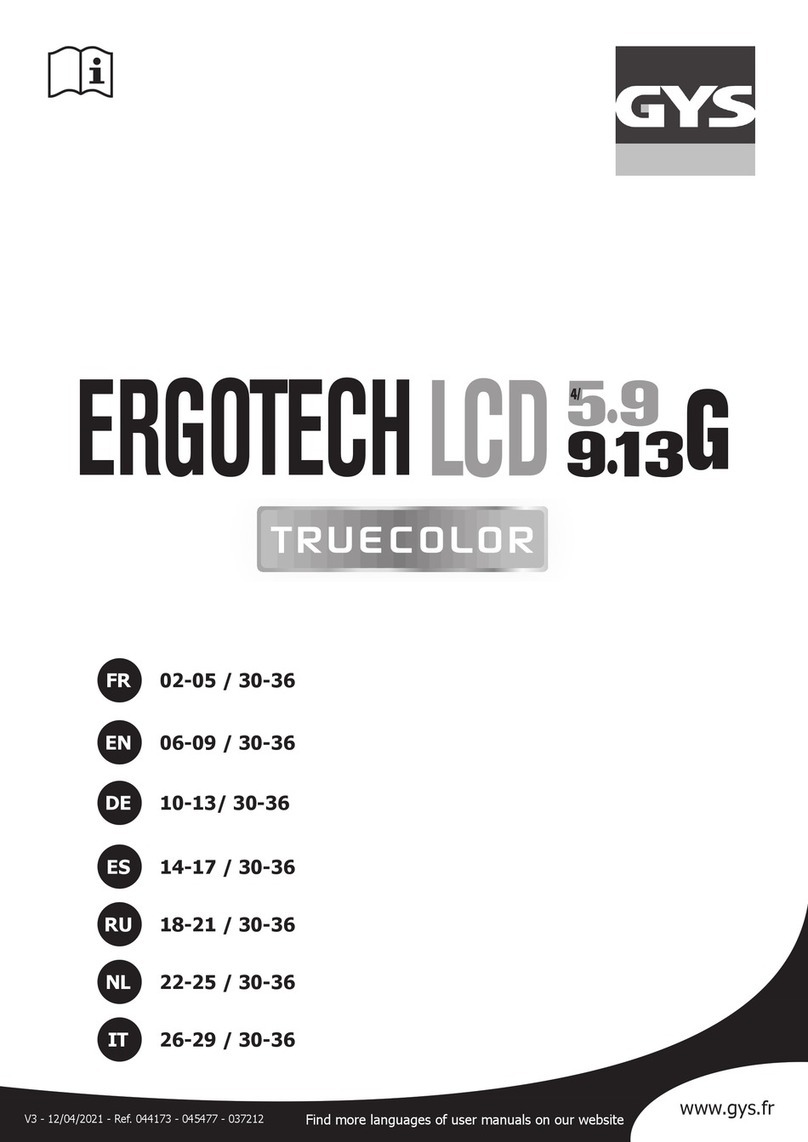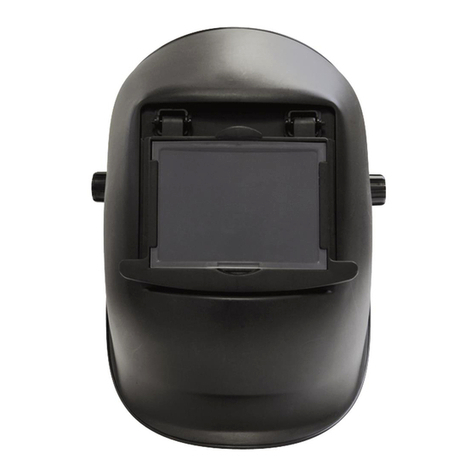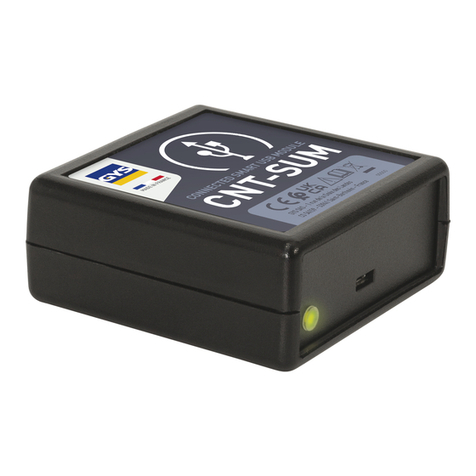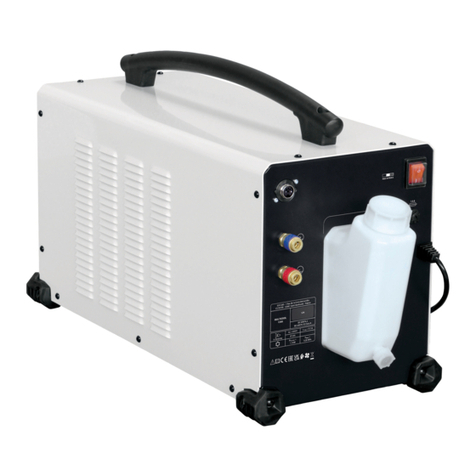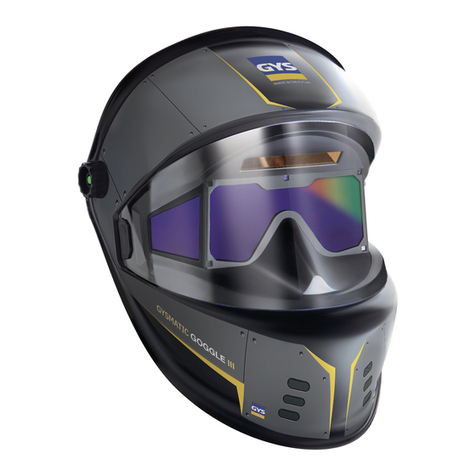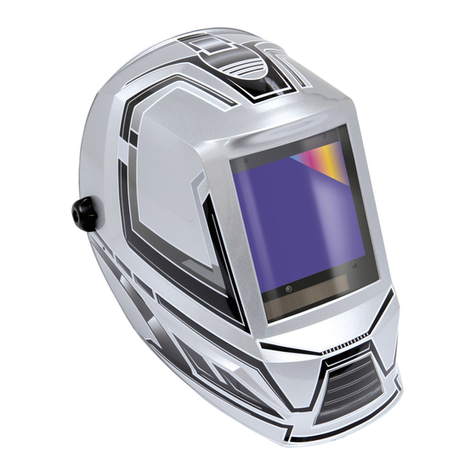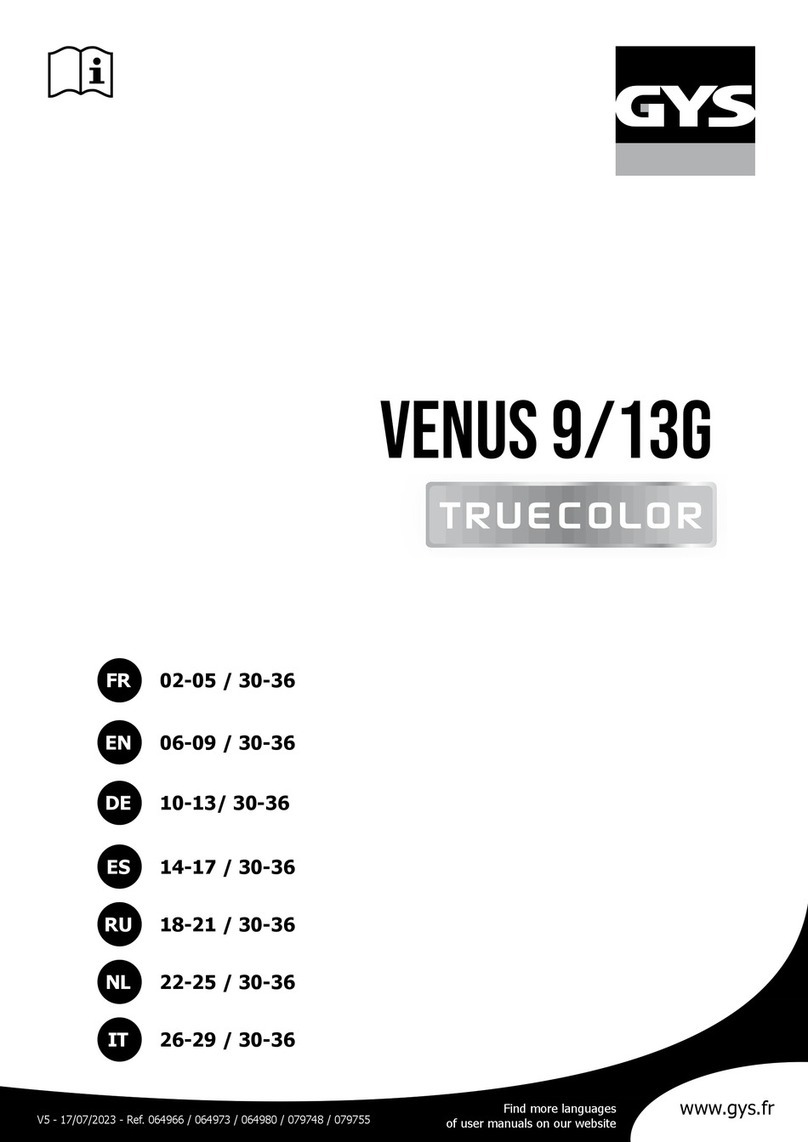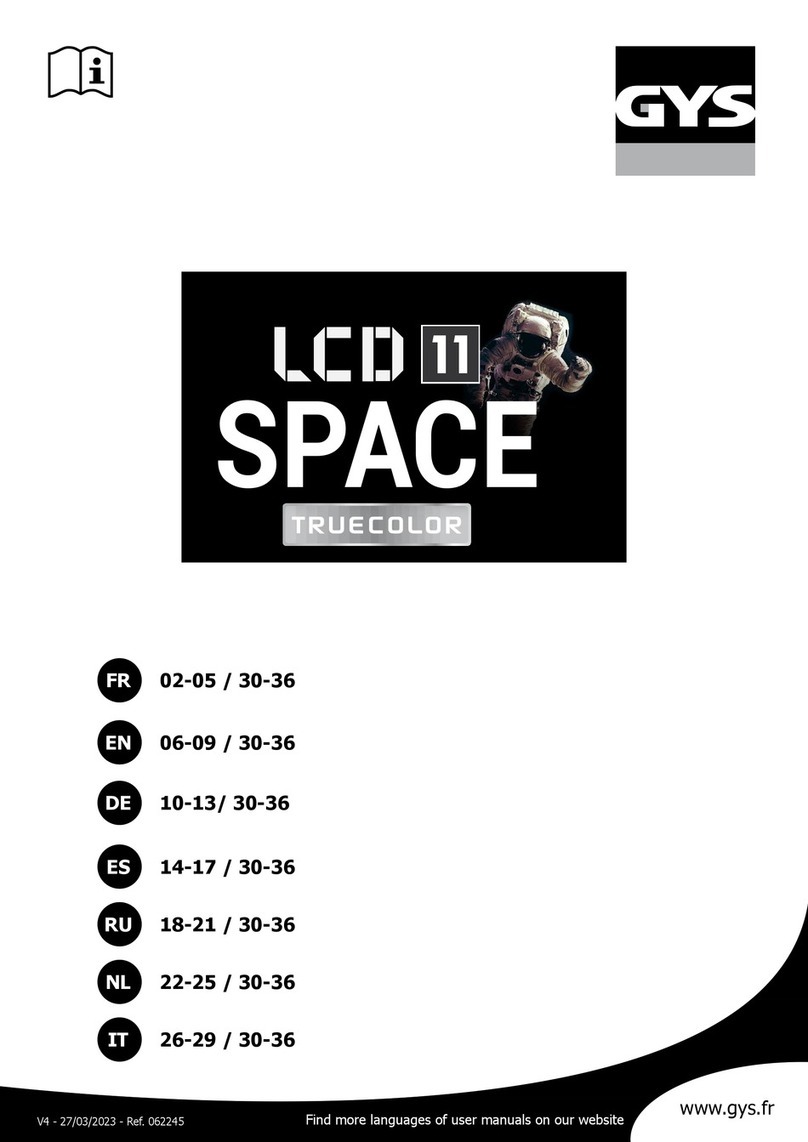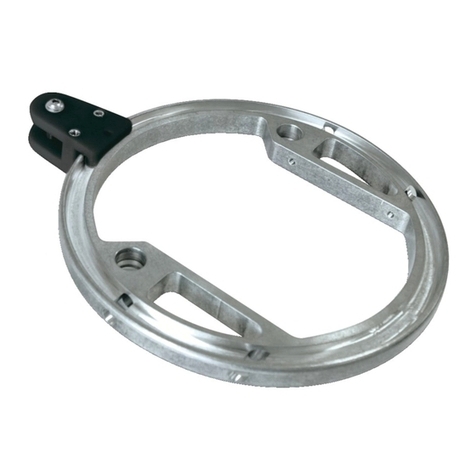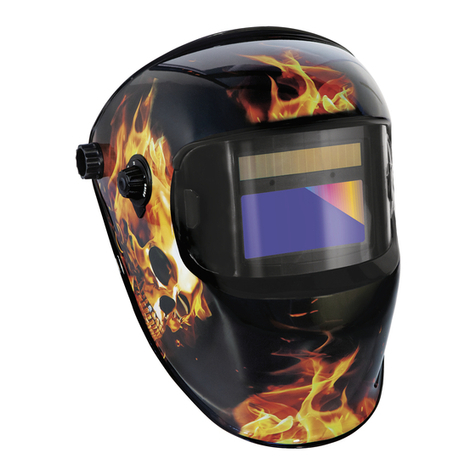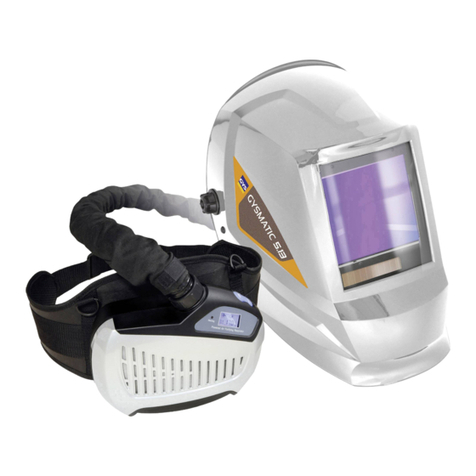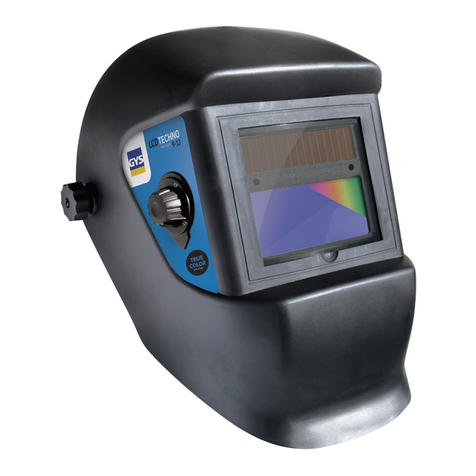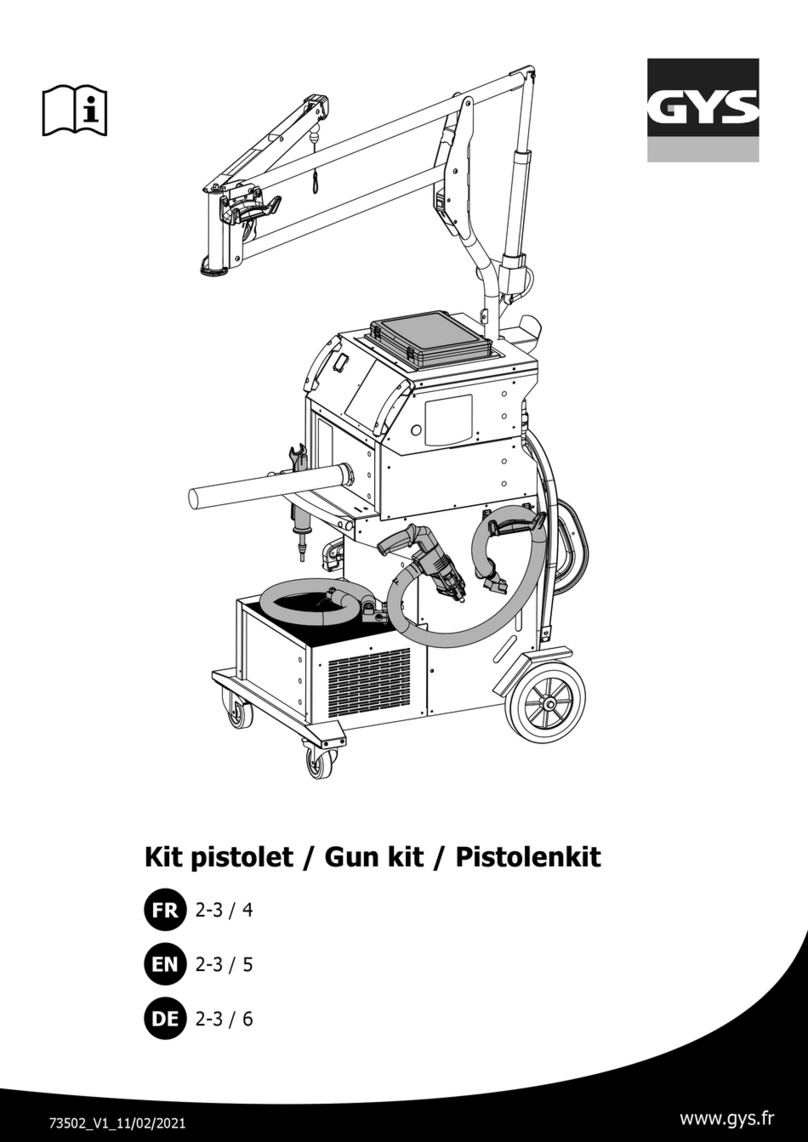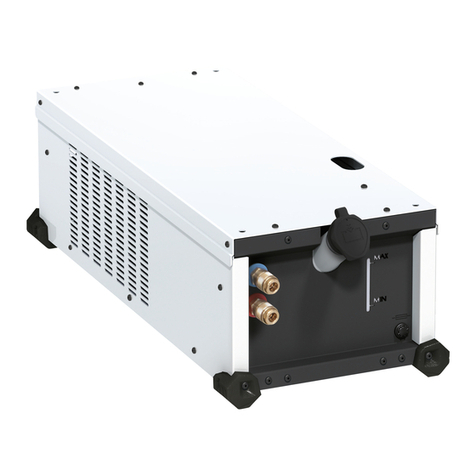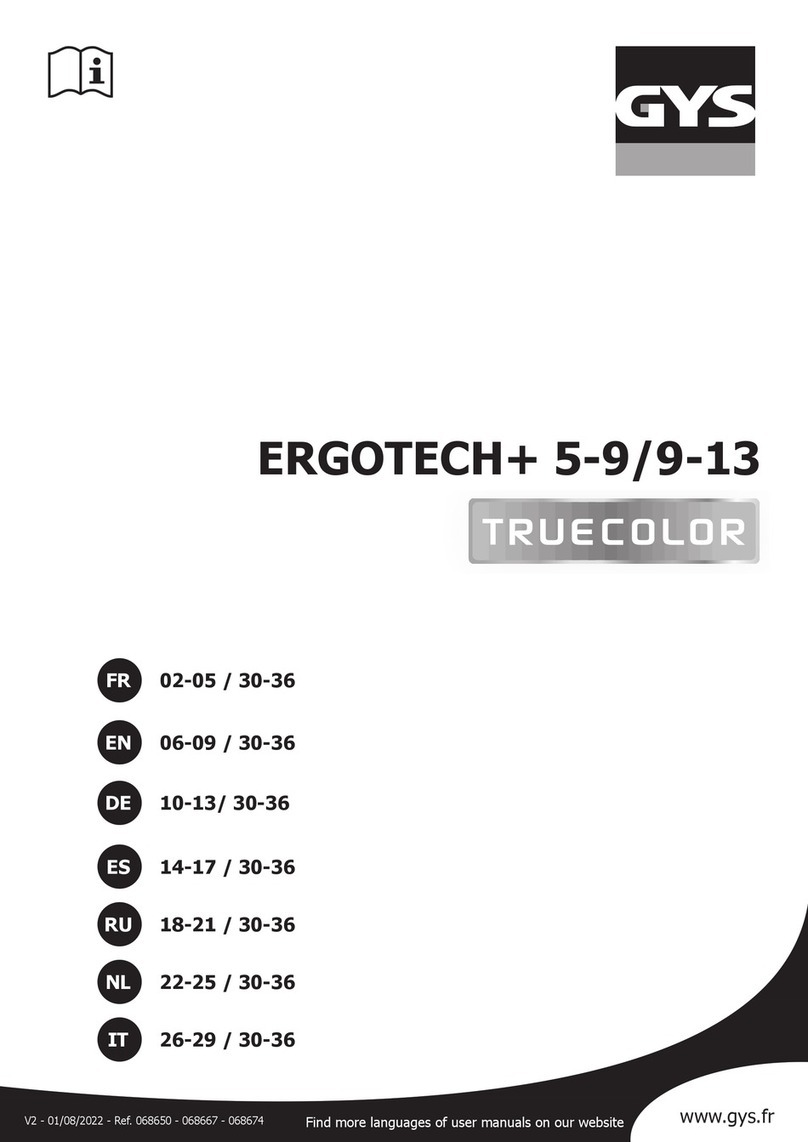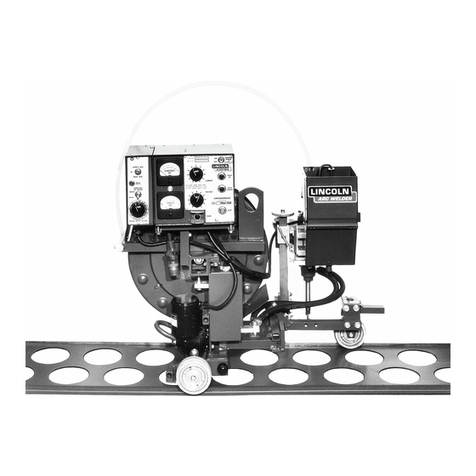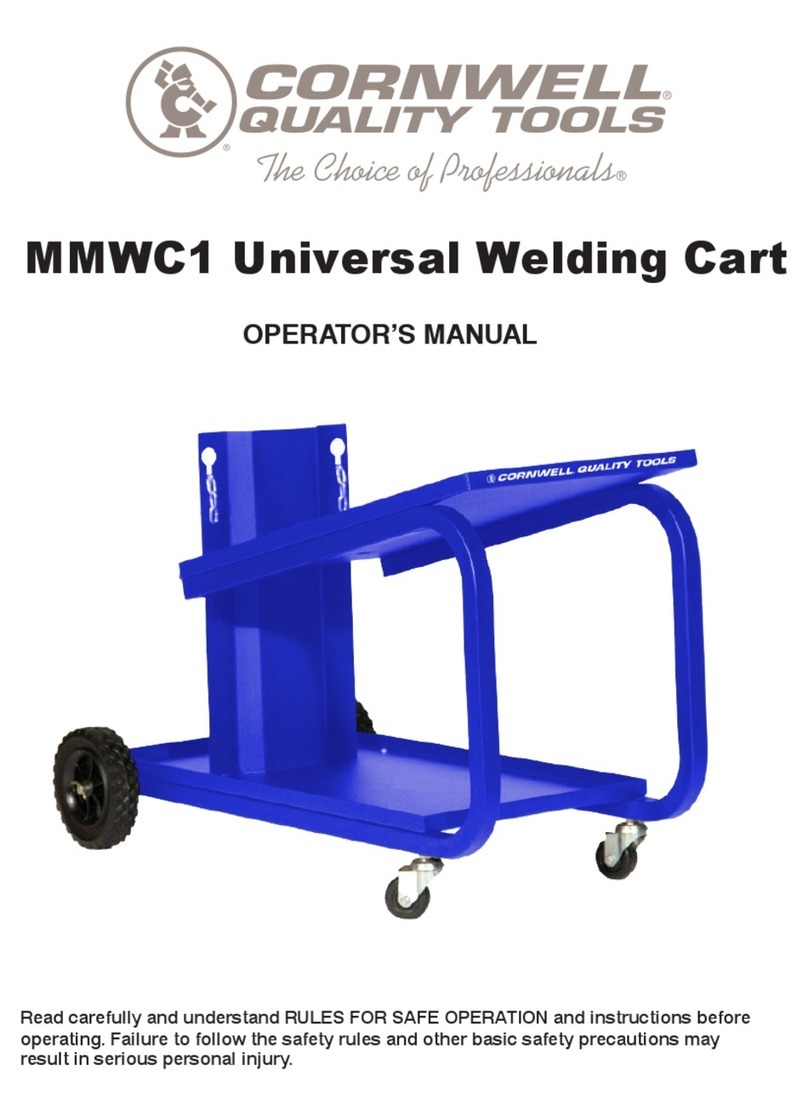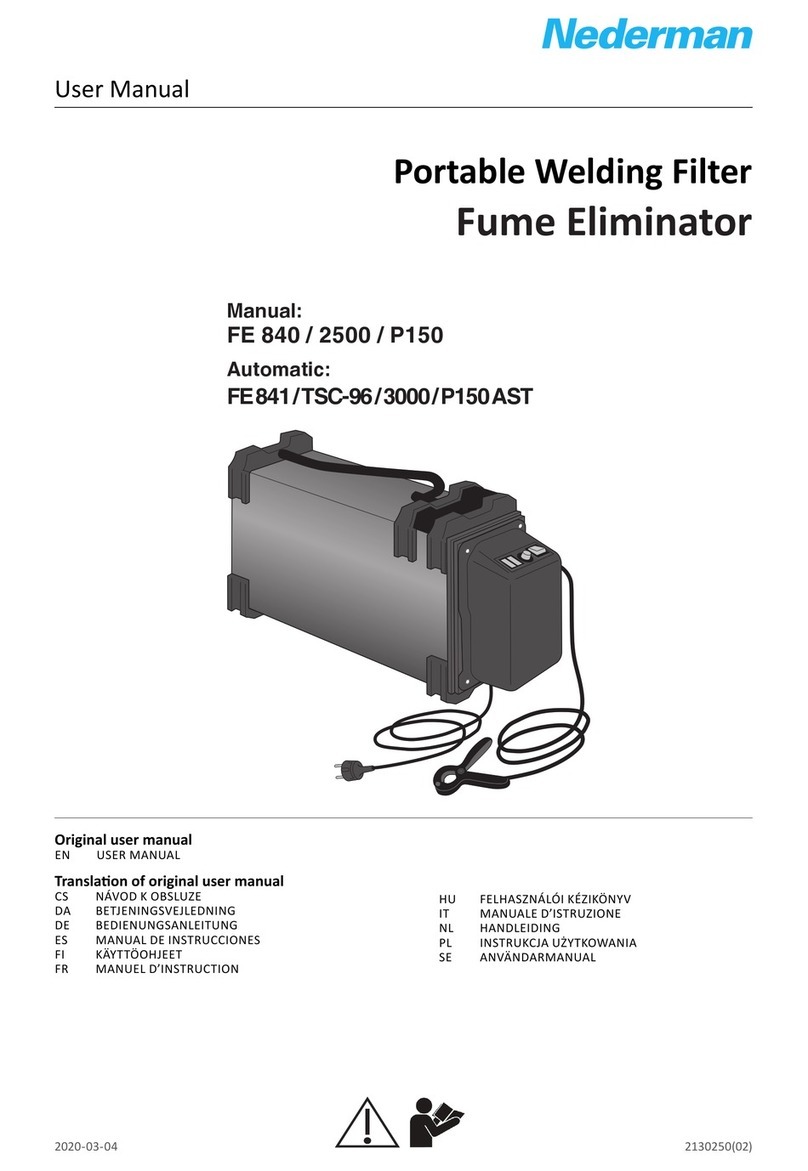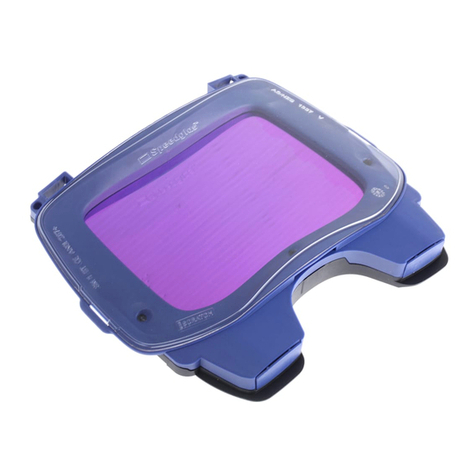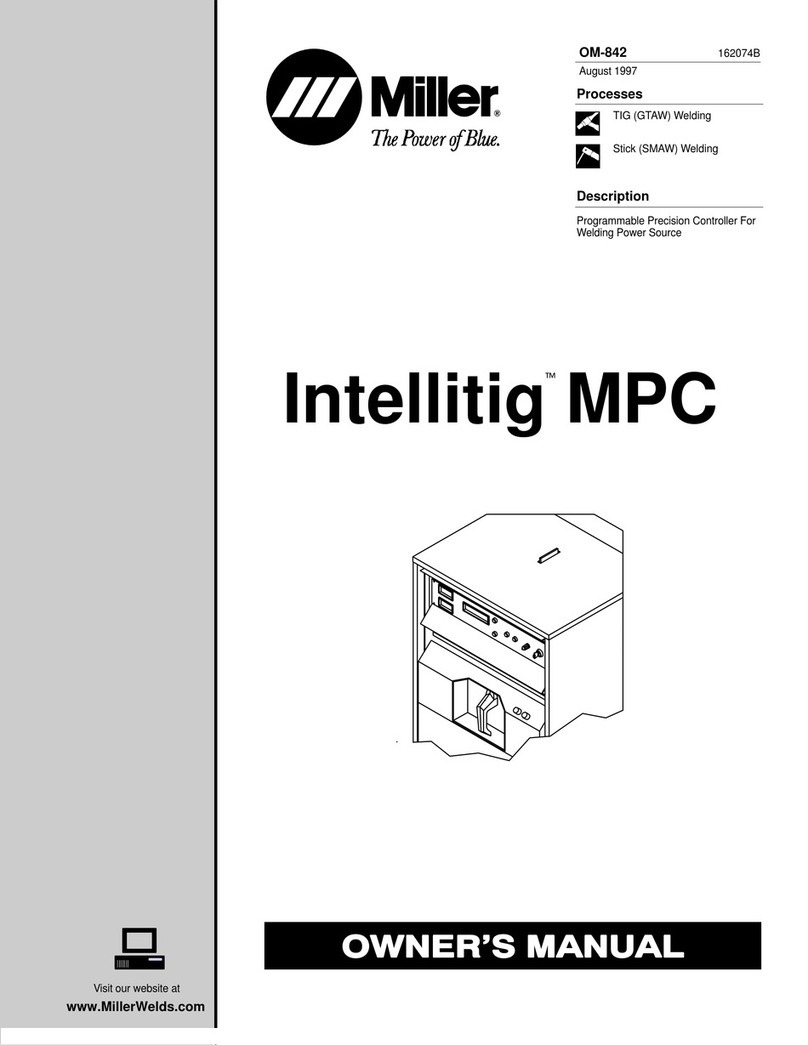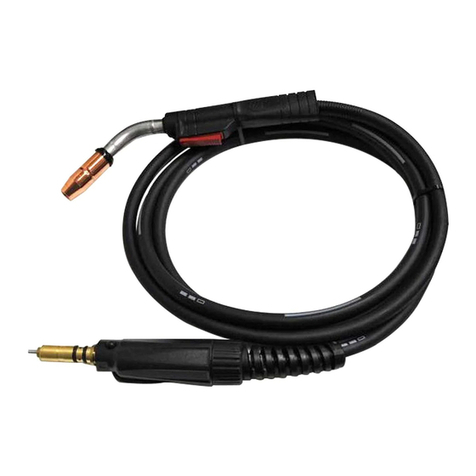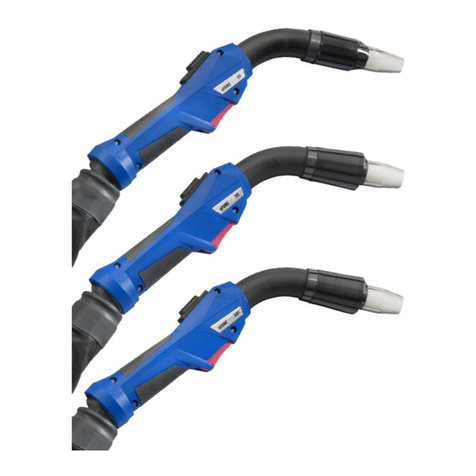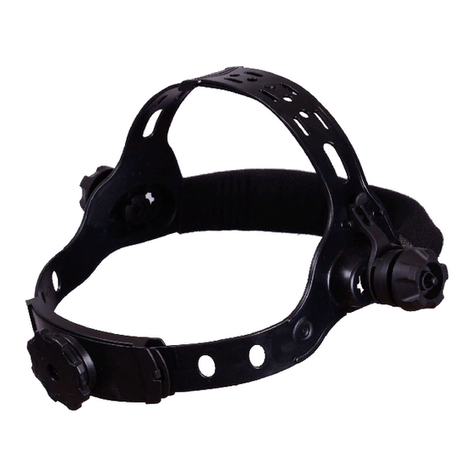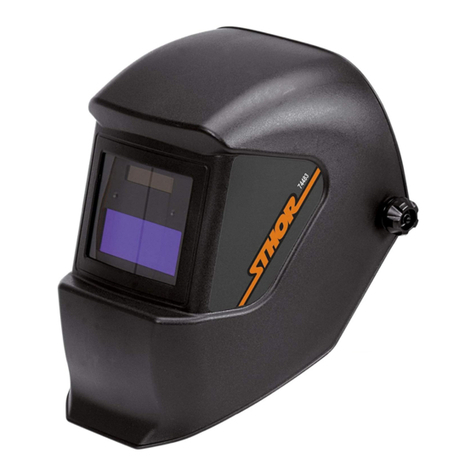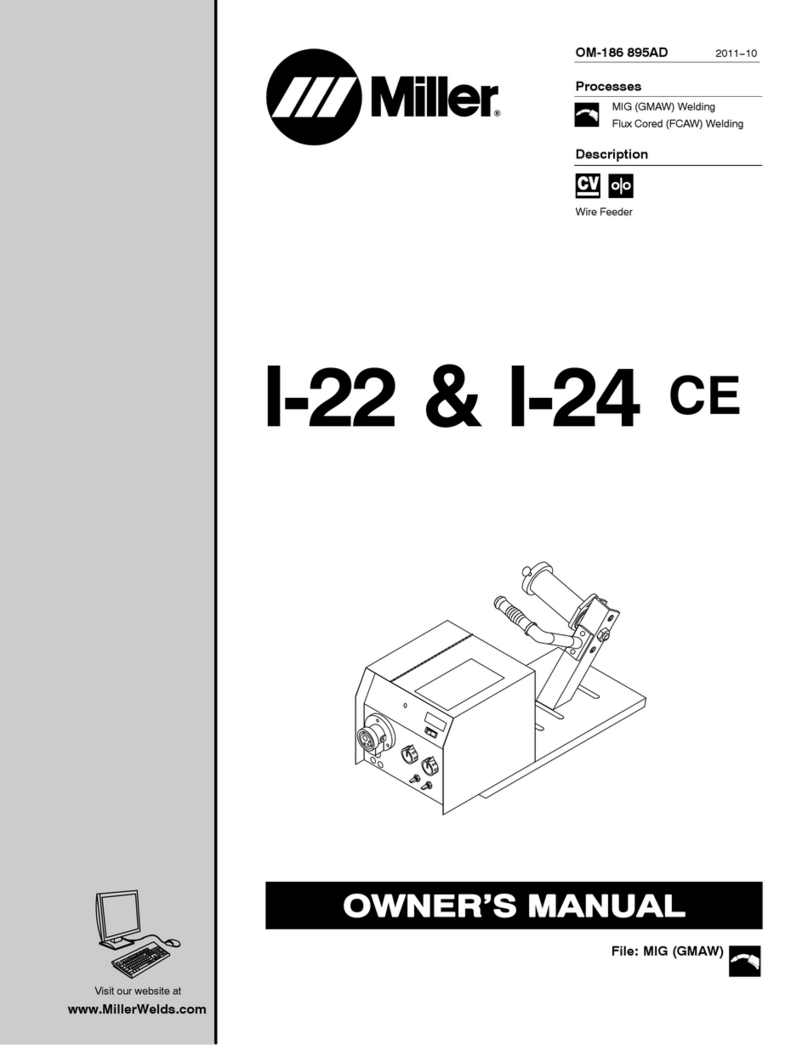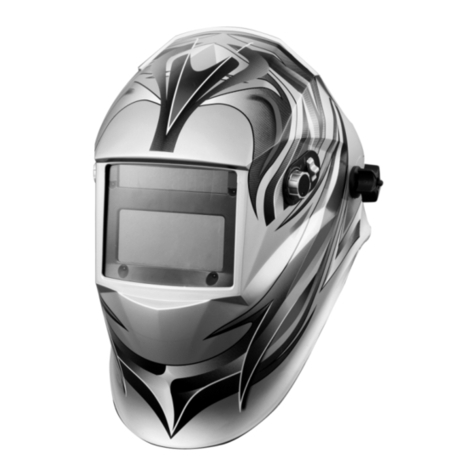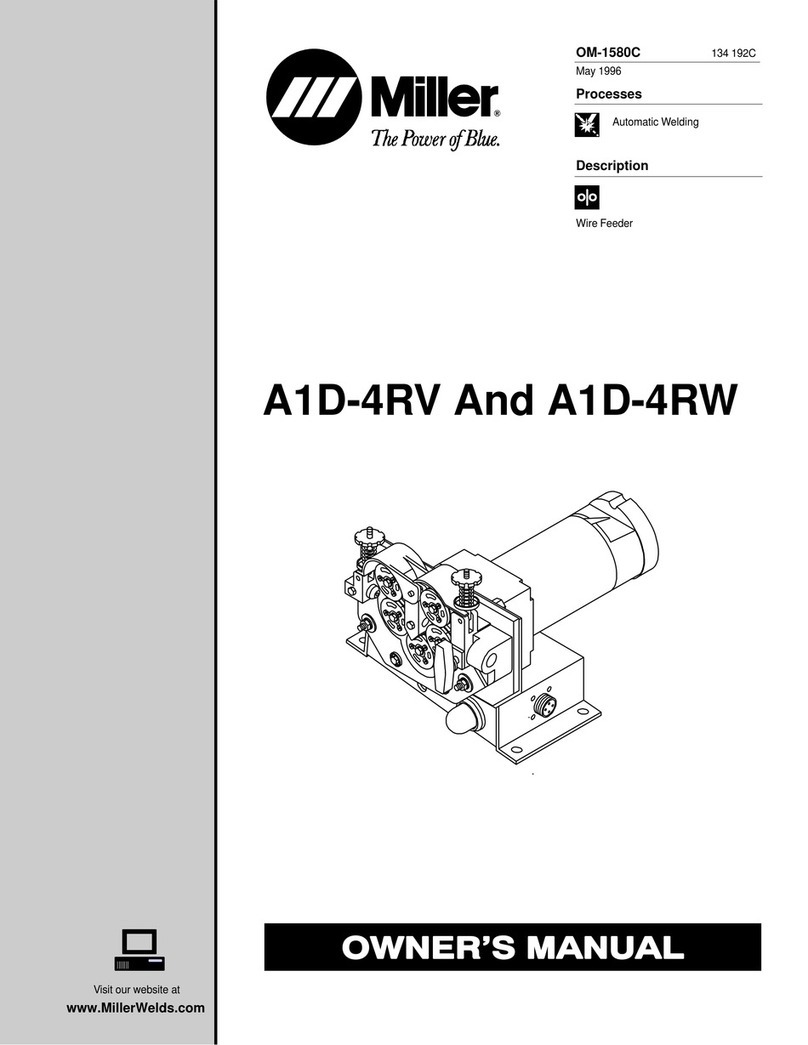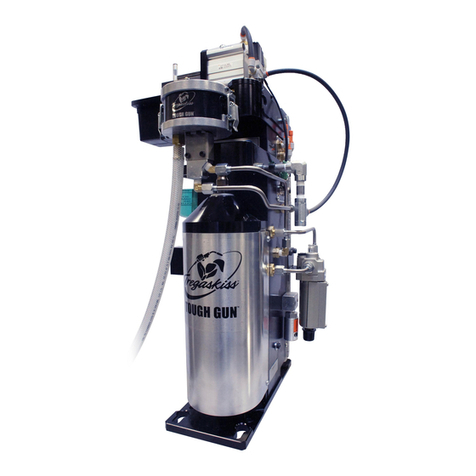
6
CALIBRATION CASE CALIWELD EN
NORMATIVE REMINDER
According to the EN1090 standard, a welding generator must undergo a control of its welding parameters. This check allows us to issue a «Valida-
tion report».
The following validation procedure is based on the reference standards EN 50504 and EN 60974-14.
The objective of this procedure is to ensure a correct welding result that is reproducible over time.
Validation of welding equipment according to the standard is an action to verify the performance of the product in relation to its settings.
Validation is carried out on 5 measuring points within the adjustment range. It is nevertheless possible to validate a reduced adjustment range at
the customer’s request.
Select the validation/calibration range of the control or indicator assembled on the power supply as follows:
a) the complete range of the control or measuring device (see note);
b) a partial range of the control or measuring device;
c) the selected points within the range of the control or measuring device.
NOTE
The maximum values of the range for voltmeters and ammeters are given by the no-load voltage and the maximum welding current of the
current source.
Before performing the validation/calibration, it is necessary to agree with the manufacturer, customer or user on options b) or c).
Perform measurements at the minimum setting, maximum setting and at three other points which are at nominally equal distance between
minimum and maximum over full range
In the case of EN 50504, the measurement is carried out twice (rising «a» measurement and falling «b» measurement) after a stabilisation time of
10 seconds for the measured values.
For En 60974-14, the measurement is performed 3 times (measurement «a», «b» and «c») at short intervals after a stabilisation time of 10 seconds.
It is recommended to leave the product in operation for 5 minutes before carrying out the validation procedure.
The validation must be carried out at least every year and after each repair or modication that may aect the settings.
Only a qualied person can perform these measurements. This person ensures that the test conditions are optimal and the results accurate. We
highly advise to go through the text of the standard before performing a validation.
For specic processes such as Pulsed MIG and TIG AC, user errors and the use of indapated measuring tools may result in measurement errors.
The manufacturer of the welding machine must be consulted.
Welding machine precision
The precision of the settings and/or displays is determined by a category, itself determined according to the welding specications (PQR/WPS) and
the welding machine specications.
Validation type:
- For EN 50504, the type of validation can be «consistency» or «accuracy».
- For EN 60974-14, the validation type can be «validation», «calibration» or «consistency».
This category is split in 2 types: «Standard» or «Precision». It determines the tolerance for the welding settings, the measure-
ments taken and displayed on the machine as well as the measuring tools that should be used.

